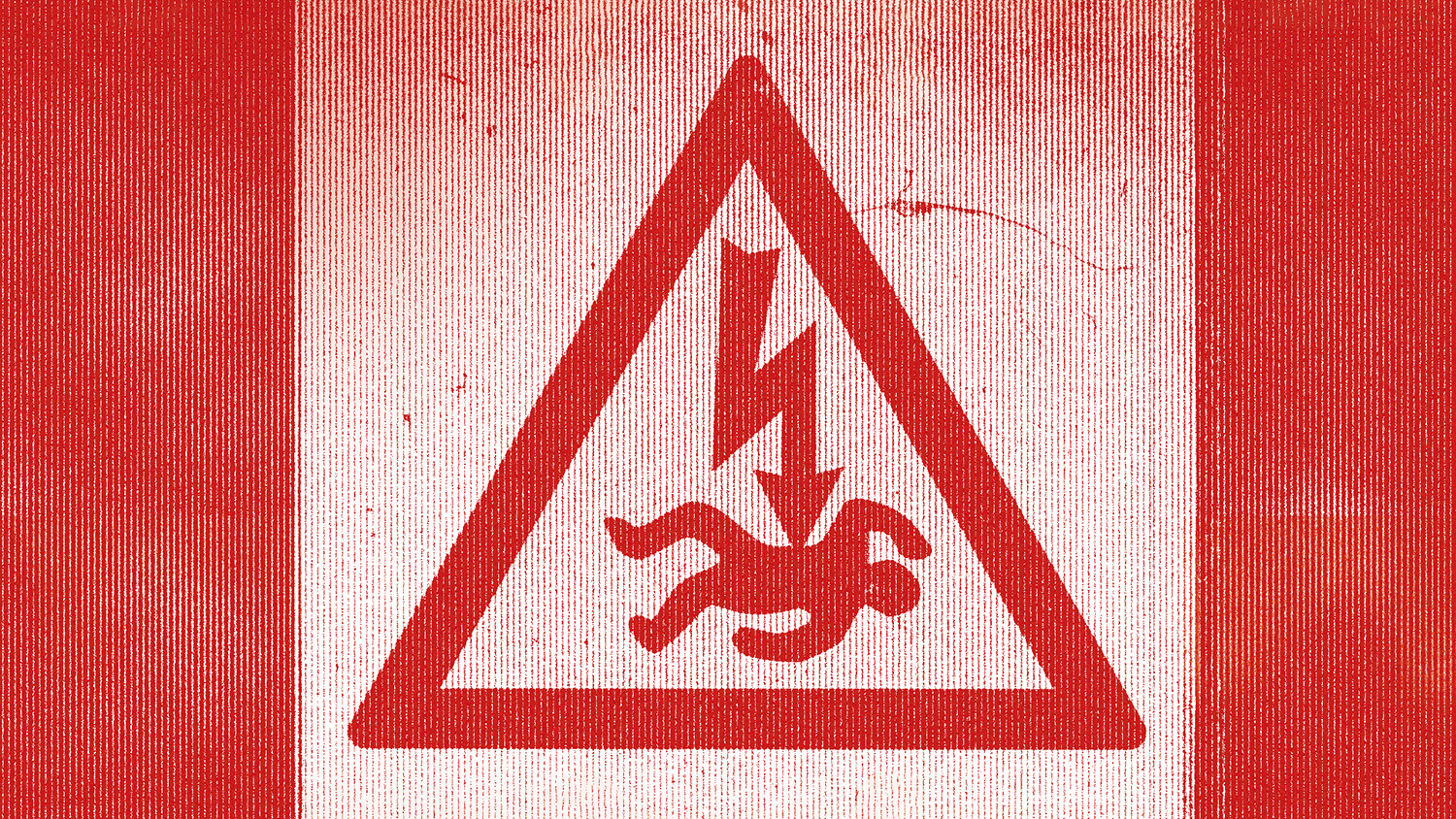
Tony Abbott of ECA member firm Modus Utilities explains why contractors need to plan ahead when digging on construction sites in busy towns and cities.
Digging into urban streets is potentially dangerous work. And it seems that it’s becoming riskier.
The Energy Networks Association (ENA) reports that electric cable strikes have increased 46% since the end of lockdown. On average, 70 people each year are seriously injured due to contact with underground electricity cables.
The problems are exacerbated when working somewhere like the City of London, where there are narrow streets and heavy traffic.
There is guidance on how to approach these projects safely. HSG47 Avoiding Danger from Underground Services from the Health and Safety Executive (HSE) outlines three important stages of safe work during excavation:
- Planning the work;
- Locating and identifying buried services; and
- Safe excavation.
But not everyone is following this guidance. Figures show that around a third of construction workers fail to check for underground electricity cables when digging on site.
Information can be found in HSG47 from HSE: www.hse.gov.uk/pubns/books/hsg47.htm.
Going underground advice
Research your project carefully
Designing the preferred route includes making a request for statutory drawings for utilities. It’s also crucial to take the time to walk the route. This will provide a clear view of any potential physical challenges in the area.
Visiting the site can help to identify risks in the work location that may not be marked on the drawings. This is more common than many realise, as drawings rarely keep pace with new roads, street furniture, pipes and cables.
Plan and check
Although a CAT 4+ scanner can be used to track electrical cables, it does not provide accurate depths. If cables have been laid incorrectly this can be very dangerous to anyone working on the project. We have seen high voltage cables laid at 180mm when the depth should be 750mm. Planning and checking literally saves lives.
Give it enough time
We’re all aware that projects are increasingly time pressed. Working anywhere in London is challenging because permissions to access roads may have to come from more than one local authority and involve Transport for London (TfL).
“Planning ahead means decisions are not left to a time-pressed site foreman, who may make a bad decision with the best intentions.”
None of these bodies want to close city roads for very long. As a result, it’s likely that the excavation contractor has limited time and space to get its work done. And that’s often when safety takes a back seat.
Ideally, a contractor should work 500mm either side of a cable to avoid contact. But, if a cable is close the edge of the work area, it could be tempting to lift the tarmac, ‘just to see what’s there’.
This is when accidents can happen. It’s vital to take the time to stop work and assess how to proceed to undertake the work safely (by extending the work zone or extending the permit, even if that seems counterintuitive).
Planning ahead means decisions are not left to a time-pressed site foreman, who may make a bad decision with the best intentions.
Pre-plan and assess proposed routes
This can highlight danger areas. Potential problems can be controlled by instructing excavation teams on how to investigate (for example, by implementing no-dig zones). Clear instructions can reduce the risk of a bad decision being made, despite a team’s best intentions.
The need to excavate in our city streets is growing. New buildings require the utilities that are vital for modern life. What’s more, government is driving the development of low-carbon district heating systems in urban areas, which will add to the challenge as more pipes are laid.
Safety first
As contractors, we know the importance of prioritising safety for ourselves, our colleagues and our clients. With accidents on the rise on excavation projects, it’s time to put that same focus on ensuring that contractors adopt robust safety standards out on our city streets.












